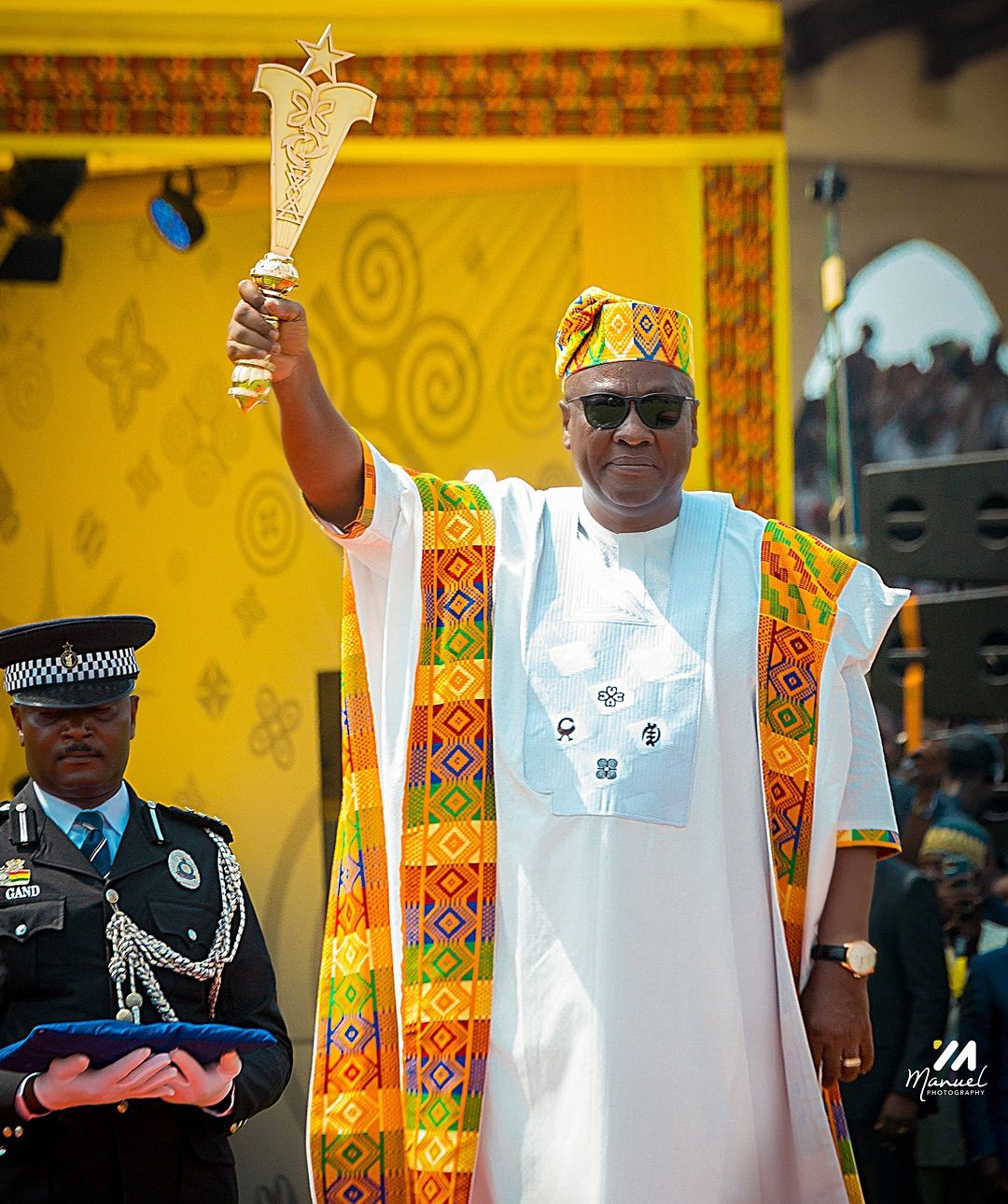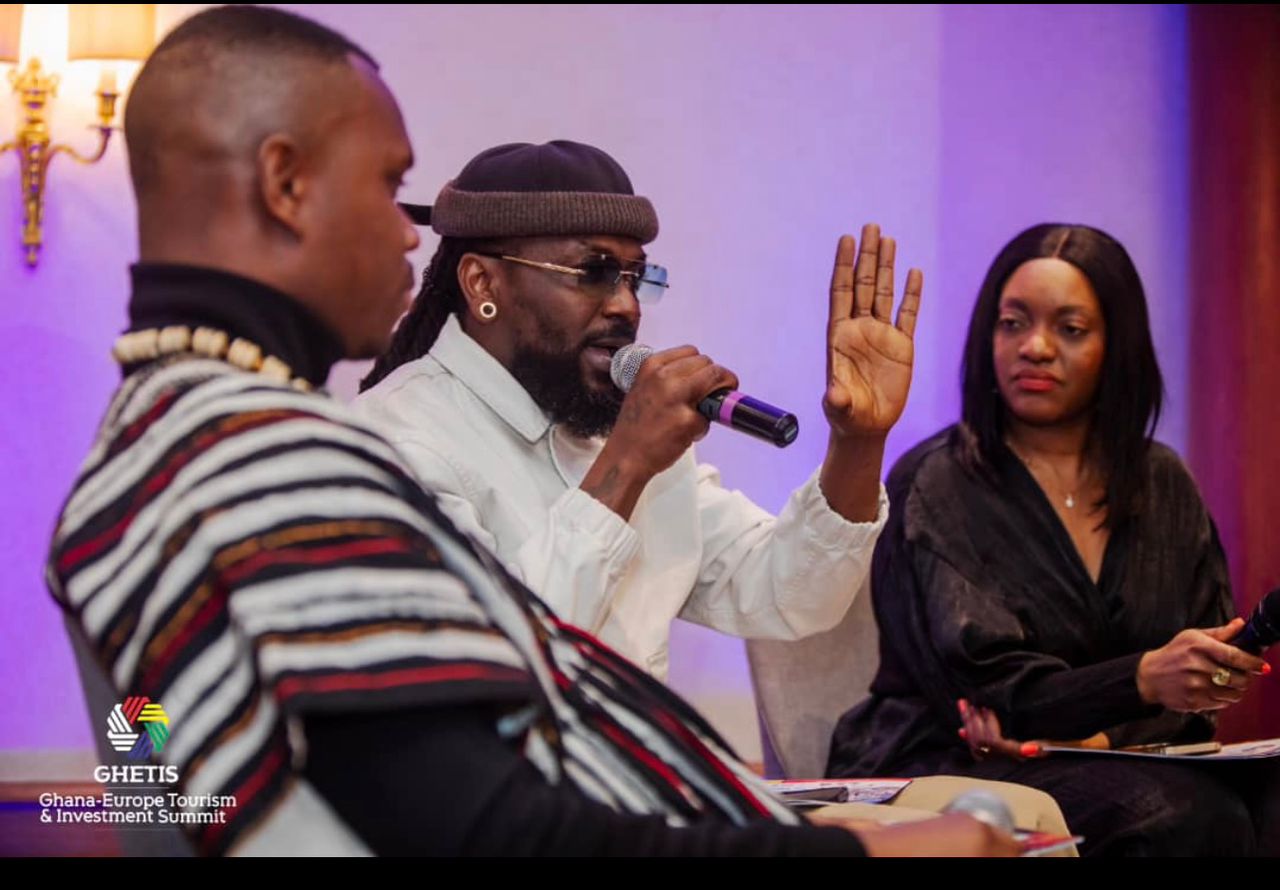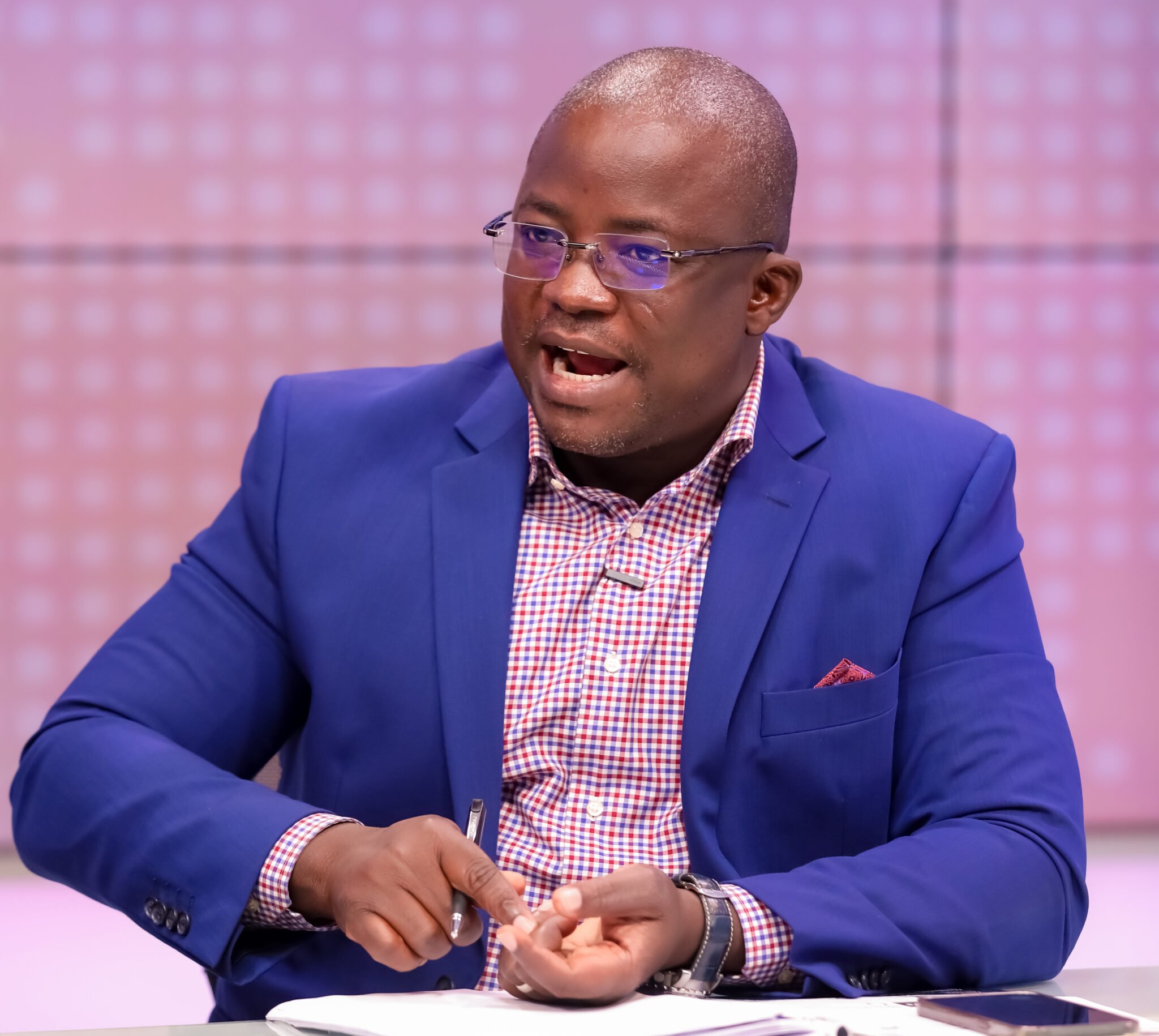
During his inauguration, Ghana’s President John Dramani Mahama delivered more than a political address; his attire spoke volumes, weaving a powerful narrative of leadership, tradition, and vision. Draped in kente cloth adorned with Adinkra symbols, Mahama used his outfit as a canvas to express values, aspirations, and a bridge between Ghana’s past and future.
The kente design, titled ?mmer? pa da w’anim (“Better days await you”), encapsulated hope and optimism, setting the tone for his leadership. Each Adinkra symbol embedded in the fabric had profound meaning, deeply tied to his role as leader:
1. Nyame Dua (Tree of God)
The Nyame Dua represents the presence and protection of God. In traditional Ghanaian culture, trees are considered sacred, and this symbol underscores the belief that divine protection is essential for the leader to guide the country.
It suggests that Mahama’s leadership is supported by a higher power, reinforcing his reliance on divine strength to lead Ghana through challenges and towards prosperity.
2. Gye Nyame (Except for God)
The Gye Nyame symbol expresses the belief in the supremacy of God above all else. It’s a declaration of faith and a reminder that no power or force is greater than God's.
This usage of this symbol by Mahama signifies his spiritual grounding and his recognition that all his achievements and leadership are possible only through God’s grace and guidance. This symbol reinforces the idea that Mahama’s actions and decisions are in alignment with divine will, a central theme in his approach to governance.
3. Sankofa (Learning from the Past)
The Sankofa symbol, often depicted as a bird looking backward while flying forward, embodies the idea that one must look to the past to move forward. It emphasises learning from history, acknowledging mistakes, and using past experiences as a foundation for a better future.
For Mahama, this symbol conveys his intention to reflect on Ghana’s history, its successes and shortcomings, in order to make informed decisions that shape a brighter future for all citizens.
4. Dwennimmen (Humility and Strength)
The Dwennimmen symbol is represented by a ram’s horns and signifies the balance between strength and humility. In Ghanaian culture, a ram’s horns are a symbol of power, but they also represent the need for humility and the ability to act with wisdom and restraint.
For Mahama, this symbol was an important message that true leadership involves not just strength and decisiveness, but also compassion, respect for others, and the humility to listen and learn. It calls for leaders to balance their authority with the understanding and empathy needed to serve their people effectively.
Mahama’s choice of attire was a seamless fusion of cultural heritage and political leadership, reinforcing the importance of Ghana’s traditions while embodying the aspirations of the people. His outfit became a visual manifestation of the values that unify Ghanaians, promising a future full of hope under his guidance.
This thoughtful, culturally rich statement exemplified the powerful intersection of culture and politics, with Mahama’s attire serving as both a symbol of his identity and his mission as a leader.
Read Full Story


























Facebook
Twitter
Pinterest
Instagram
Google+
YouTube
LinkedIn
RSS